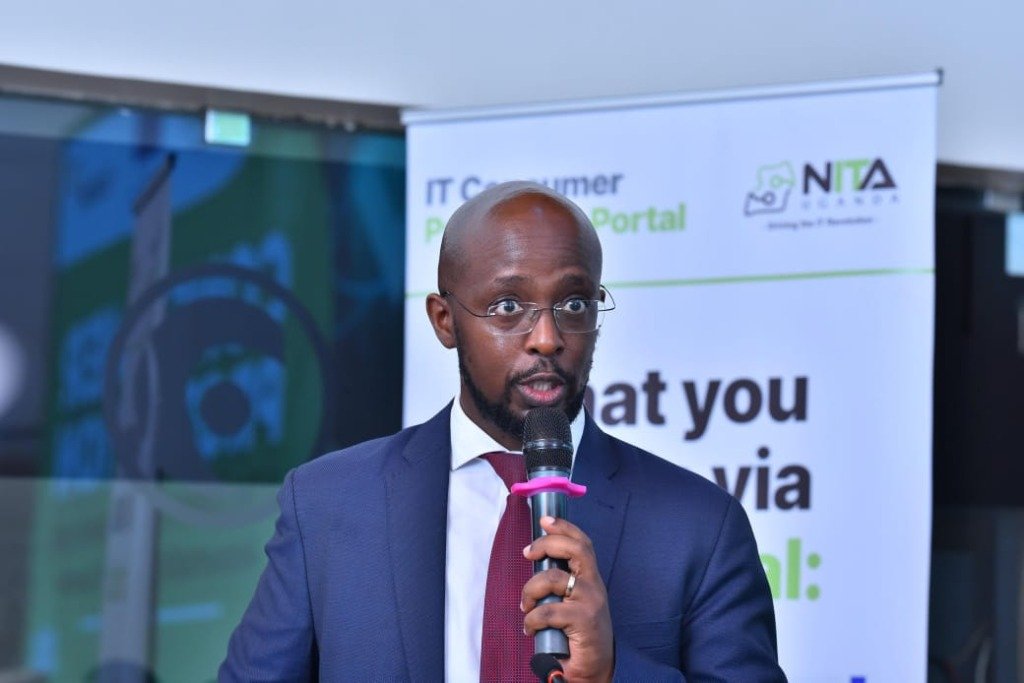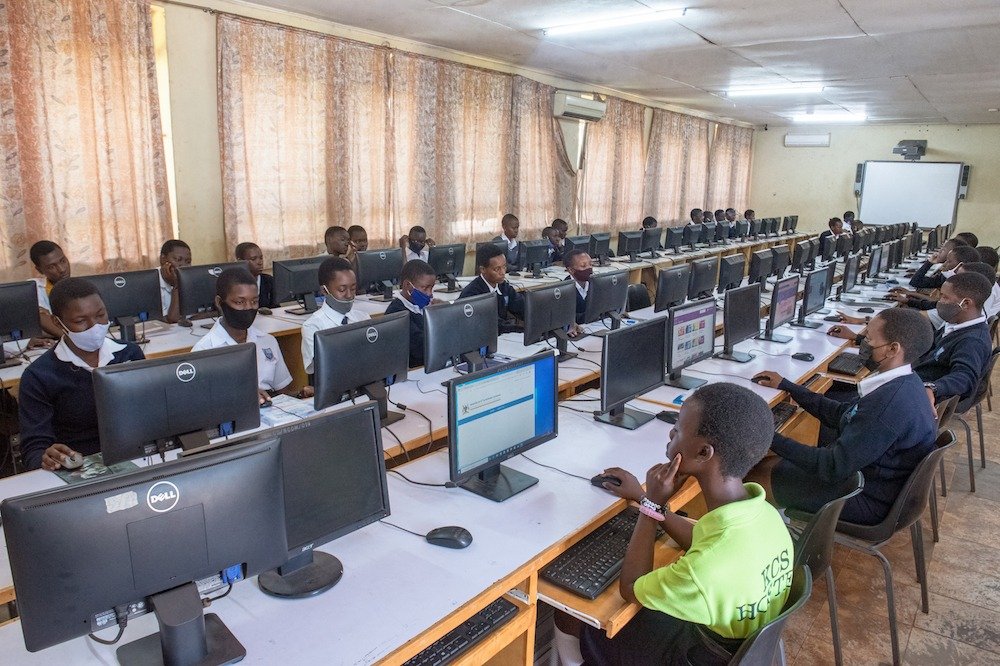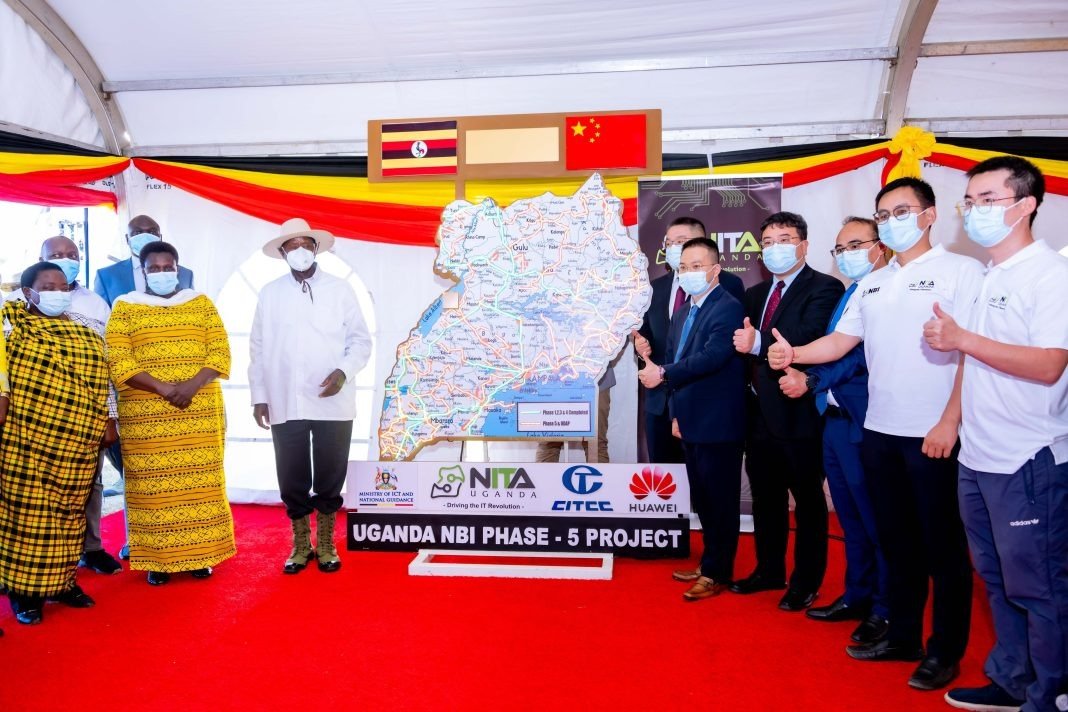I was sitting at a tech meetup in Kampala the other day — you know, one of those “networking events” where half the people are pitching their startups and the other half are pretending to listen while waiting for samosas. Someone asked me, “Do you think Uganda is actually ready for the future of tech?” And like the terrible party guest I am, I went off. Infrastructure. Policy. The startups. The good, the bad, and the MUK WiFi. It became a whole rant.
And because I’m me, I went home and turned that rant into this blog post.
So here we are.
First, What Do We Even Mean by “The Future of Tech”?
When people say “future of tech,” they usually mean things like AI, blockchain, robotics, clean energy, drone deliveries, and 10G internet that downloads an entire Marvel movie in 3 seconds. But the more grounded version — especially for developing countries — is about how digital infrastructure, innovation, and policy come together to solve real-life problems.
For Uganda, that includes digitizing agriculture, automating government services, providing remote healthcare, fixing education with e-learning, and yes, improving internet access and extending its availability in hard to rich areas.
So the question is: Can Uganda participate in this future? Or will we just be passive consumers of foreign tech?
Uganda isn’t in the Stone Age anymore. According to statistics and from an article written by the new vision; we’ve got about 28 million internet users, Whic is a good number. We have widespread mobile money adoption (we practically invented fintech without realizing it), and a young, tech-hungry population.
In fact, the mobile penetration rate is over 70%, and platforms like MTN MoMo and Airtel Money have revolutionized payments. People in Uganda pay rent, send school fees, buy data — all through their phones. And we’ve got hubs like Innovation Village, Outbox, and Hive Colab nurturing tech entrepreneurs.
However, its not so good for us to be comfortable with all that for some of the things i lay below

The National Backbone Infrastructure (NBI) project aimed to extend broadband across Uganda, and sure, some government offices are now connected — but the last-mile access for everyday people remains weak.
Data is still expensive, WiFi is mostly a rumor outside Kampala, and you’ll probably need to restart your MiFi three times before downloading a single YouTube tutorial.
And let’s not even talk about electricity access. Only about 60% of the population has access to electricity, and that’s being generous.
Can you build a tech-driven economy without stable power? You tell me.
Uganda has one of the youngest populations in the world — over 75% are under 30. That’s a tech goldmine if you think about it. Theoretically, we should be building the next SafeBoda, the next Flutterwave.
But most students still graduate without practical digital skills. ICT in schools is often taught like it’s 2002 — memorizing computer parts instead of learning Python or UX design.
Yes, there are bright spots: Refactory, Outbox EDU, and a few coding bootcamps are trying to bridge the gap. But these programs serve a fraction of the people who need them.
And women in tech? Still too few. Still underpaid. Still fighting for seats at the table.
Innovation? Yes. Funding? Not Really.
Uganda has startups. Great ones.
We’ve got SafeBoda, which started as a helmet-safety mission and turned into a whole ecosystem. Xente is doing digital payments. Eversend handles cross-border money. Rocket Health delivers medical services to your door.
Most funding comes from abroad, and even then, Kenya and Nigeria eat most of the pie. Local investors are either too risk-averse or too busy flipping real estate to bother with software.
We love to say “support local innovation,” but when a founder pitches their idea, we ask if it comes with free chapati.
To be fair, the Ministry of ICT and National Guidance has laid out plans — Vision 2040, the Digital Uganda Vision, and policies pushing digitization in health, education, and agriculture.
But then again… bureaucracy. Corruption. Red tape that wraps tighter than a Rolex in Wandegeya.

We don’t just need policy documents; we need policy execution. We need actual investment in tech education, rural internet, and smart infrastructure — not just photo ops at hackathons.
The Elephant in the Server Room: The Digital Divide
Kampala might be buzzing with co-working spaces and hackathons, but go beyond the city, and you’ll see a different picture. Many rural Ugandans have never touched a computer. Many girls still think tech is “for boys.”
Bridging that gap is going to take serious investment — not just in gadgets, but in mindsets, inclusion, and training.
So, Is Uganda Ready for the Future of Tech?
We have potential. We’ve got the people, the ideas, and a few great success stories. But we also have a long list of to-dos: invest in digital education, fix infrastructure, support women in tech, fund startups, and get serious about policy implementation.
Tech won’t solve all our problems, but if we don’t keep up, we’ll be stuck importing solutions to problems we could’ve solved ourselves.
The future of tech in Uganda isn’t a yes or no question — it’s a work in progress. And that progress depends on what we choose to do today.



Leave a Comment